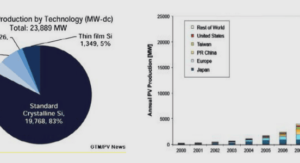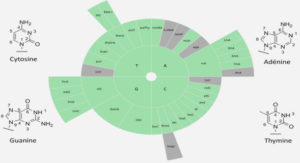The current era of smartphones can be considered as a golden age of mobile phones. In the modern world, these devices have become such an indispensable part of our lives that it is difficult to live without it, regardless of age, sex or social status.
Throughout its history, telephony has changed, new ways of communication have been devised, new models have been launched to meet the constantly changing demands of society, and at times, creating needs inconceivable up until then. The first telephone device was invented by Alexander Graham Bell in 1876 [1]. No one imagined that phones would evolve so remarkably and have such wide-reaching effects 140 years later.
Smartphone is a mobile phone with advanced features and functionality beyond traditional functionalities like making phone calls and sending text messages. They have been in a rapid expansion in the last decade, which was influenced by four important and continuing phases that led to major changes in our view of the world [2].
The first phase was purely meant for enterprises. In 1982 Bell Laboratories in the United States created the device now known as the first generation mobile phone (1G, analog voice) [3]. Second-generation phones (2G) appeared in 1990. They were smaller, lighter and cheaper, and based on GSM (Global System for Mobile Communications) providing digital cellular communication [1], which improved the quality and security of voice transmission. From that moment on, and following the expansion of computer use and the Internet, workstations connected to a local network were replaced with desktops and laptops with LAN (Local Area Network) and WAN (Wide Area Network) connections [4]. Society started to address the need for data transmission (Multimedia). And so began what is known as the third generation (3G) and the development of UMTS (Universal Mobile Telecommunications System) technology [2]. Mobile phones began to incorporate Internet connection, allowing the transmission of files. Among the functions or services offered, photo and video cameras and games gained great importance, adapting mobiles to the home and business environments.
Fourth generation (4G) devices appeared with faster voice and data transmission speeds [5]; they became vital social and leisure attributes [6]. The current tendency is clearly toward the integration of telephony with a large part of the services and applications that can be obtained using a computer. The challenge that various international technology companies were facing is the integration of a telephone, camera and laptop computer in the same device with access to numerous applications such as videoconferencing and social networks [7].
Recent technological advances and miniaturization have accelerated the convergence between mobile phones and powerful computers facilitating the development of the smartphone technology [6]. This is when the real revolution got under way. Smartphones computation and storage capabilities are ever-growing while integrating a set of sensors (accelerometer, microphone, GPS, Wi-Fi, digital compass, gyroscope, and, in the future, air quality and chemical sensors [8], [9]). As such, the mobile phone is no longer a communication device only, but also a powerful environmental sensing unit that can monitor a user’s ambient context [2], both unobtrusively and in real time.
This new generation of mobile phones has totally changed the way that people interact with mobile devices [6], so users can do more than just make calls. A smartphone can serve as a functional laptop or desktop that can fit in a pocket or small bag. Sensors enabled smartphones are set to become even more central to people’s lives as they become intertwined with existing applications such as social networks and new emerging domains such as green applications [10], global environmental monitoring [11], personal and community healthcare [12], sensors augmented gaming [13], virtual reality [14], and smart transportation systems [15].
Consequently, a new paradigm is fast emerging: people are beginning to replace their personal computers with smartphones. The mobility and power afforded by smartphones allow users to interact more directly and continuously with their surroundings [16]. The set of services proposed by smartphones motivated people to take this powerful portable unit with them everywhere. This is how the smartphones entered its age of ubiquity.
CHAPTER 1 – INTRODUCITON |





